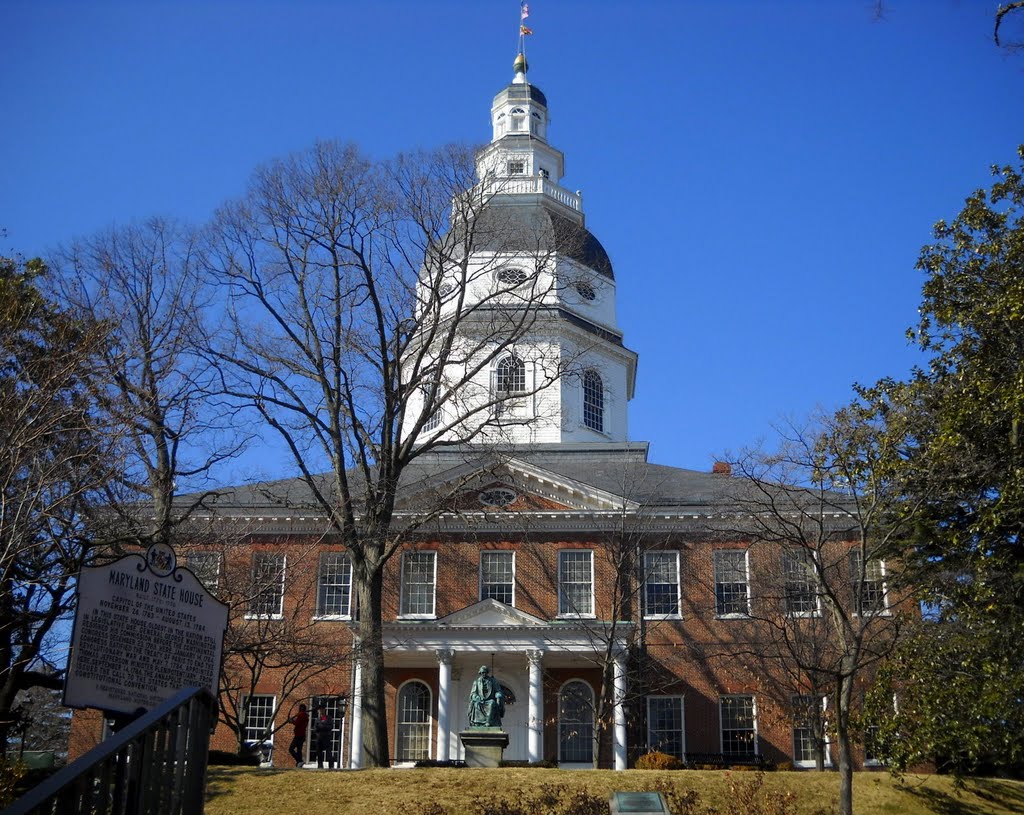
Covid-19 pandemic calls for tax reforms in Maryland
Originally published in the Baltimore Business Journal
The saying goes that in life, nothing is certain but death and taxes. Anyone following Maryland’s history of tax hikes would most likely agree.
In a recent article published in Forbes, Maryland ranked No. 5 out of 50 states for growth in government spending over the period from 2007 to 2017. Such spending growth was fueled by the tax hikes the state adopted during Gov. Martin O’Malley’s years in office. During his tenure, Maryland’s corporate tax rate rose from 7% to 8.25%, sales tax rose from 5% to 6% and income tax rose for all high-income taxpayers in the state.
Then came Gov. Larry Hogan, who promised fiscal responsibility. During his years, no major statewide tax hikes have been adopted, but nonetheless the Democratic majority in the state legislature has ensured that reducing tax rates stays impossible.
As a result, Maryland remains one of the least tax-friendly states in the U.S. today. And adding insult to injury, many local governments have adopted their own income and property tax hikes in recent years, thereby exacerbating Marylanders' high tax burden.
Last year, any small hope of improving Maryland’s tax environment in the near future evaporated when the Kirwan Commission on education reform recommended that the state and the localities should spend another $4 billion per year over the next decade to overhaul the state’s education system.
In order to come up with the money to pay for these education reforms, the state legislature, despite being in the middle of a global pandemic, passed numerous bills raising taxes during the 2020 legislative session. The bills passed introduced taxes on digital downloads, digital advertising and tobacco and vaping products, and a higher tax on cigarettes, adding up to $400 million more a year in total tax burden. Although Gov. Hogan wisely vetoed these bills, the state legislature will likely override these vetoes and consider additional tax increases in the upcoming session.
Given this, are tax hikes inevitable in Maryland’s near future?
They shouldn’t be. Although the pandemic alone is a sufficient reason to abandon plans for immediate tax increases, state legislators should carefully review Maryland’s history of raising taxes before considering further hikes. Since 2007, Maryland taxpayers have experienced an increase in tax burdens of every kind. The current pandemic is an opportunity to carefully examine the state’s tax policy and assess how much it is hurting Maryland’s economy.
To start, plans for the Kirwan Commission spending should be heavily scrutinized and revised. The new focus on school spending should be on how to increase the “bang for the buck” for every additional dollar that Maryland invests. The ultimate goal should be to improve student outcomes by increasing accountability so that the state and local tax burden does not have to increase.
Otherwise, an inevitable rise in tax burden will harm Maryland’s economic growth and drive more taxpayers out. Residents can choose to move to a place like Florida, a state that reduced its spending and tax burden the most in the U.S. between 2007 and 2017. Businesses can also choose to move to Maryland’s more tax-friendly neighbor, Virginia.
Remember this: Multiple crises in America’s past turned out to be events that triggered long-awaited and much-needed policy changes. Maryland now has a choice not to let this crisis go to waste and turn it into an event that would change the state's future.
Carol Park is a senior policy analyst for the Maryland Public Policy Institute. She can be reached at cpark@mdpolicy.org.






